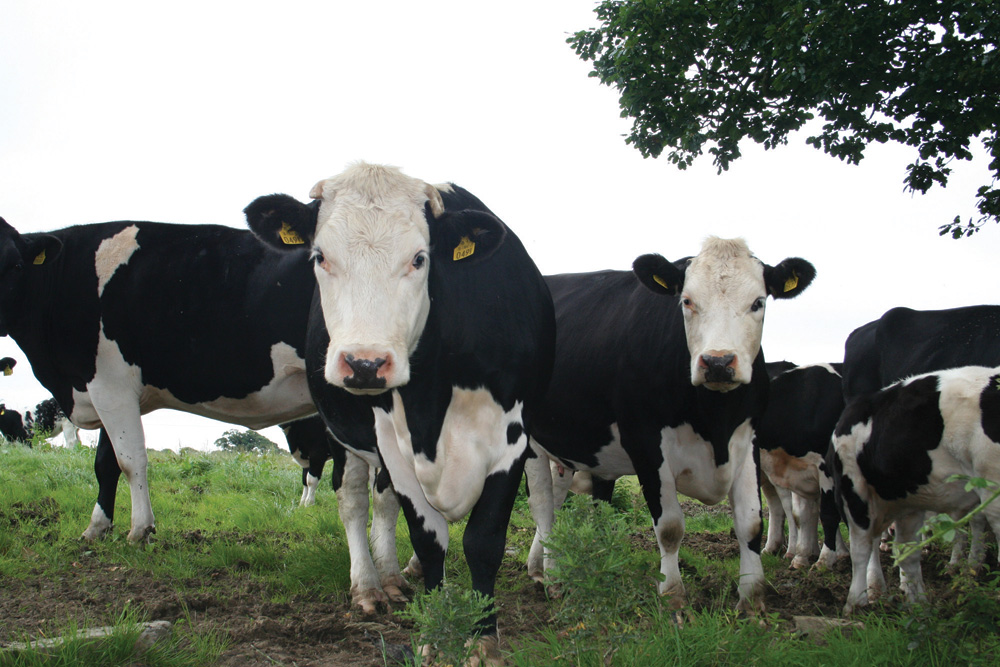A dairy cow must eat a balanced diet with enough energy, protein, fibre, water, minerals and vitamins to cover her own maintenance and growth as well as milk production. Quantity and quality are important as well as the feed requirements for the dairy cow.
In spring the aim is that the cow should graze a high amount of quality grass with appropriate supplementation. When less than 8kg of grass dry matter per cow is available the deficit should be made up with forage such as grass silage as well as concentrate feed like Drummond’s dairy Boost nut or Drummonds Dairy ultra nut.
In early spring the level of protein in spring grass is high, but the quality may not be adequate for the freshly calved cow. Six to eight weeks after calving 13kg DM of grass plus 3.5kg as fed concentrates will deliver a peak yield of 1.8 – 1.9kg milk solids (28 litres/6 gallons) (Kavanagh 2011). If less grass is available, more supplements will be needed.
If over Quota?
- Feeding acidified whole milk to calves and whole milk to weanling & yearlings. In a calf ad-lib feeding system, forty calves can consume a little over 500 litres of acidified milk daily. It is important that each calf is eating 0.75kg of concentrates ( Liffey mills calf 18) per day at weaning otherwise liveweight set backs will occur.
- Don’t avoid turnout but reduce the protein content of the ration to 14%, if grazing.
- Once-a-day (OAD) milking is effective but only to be considered in low SCC herds under 150,000



